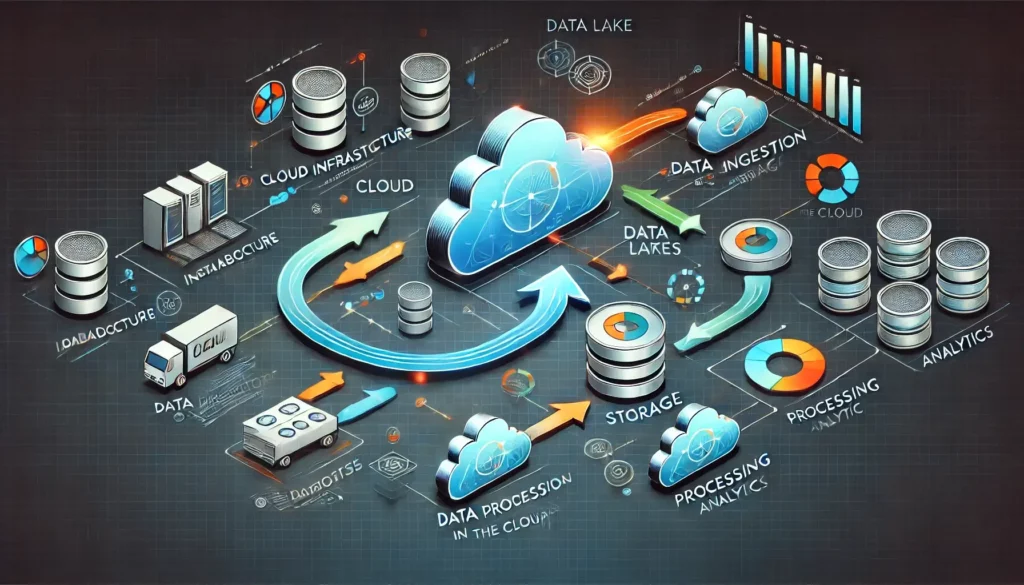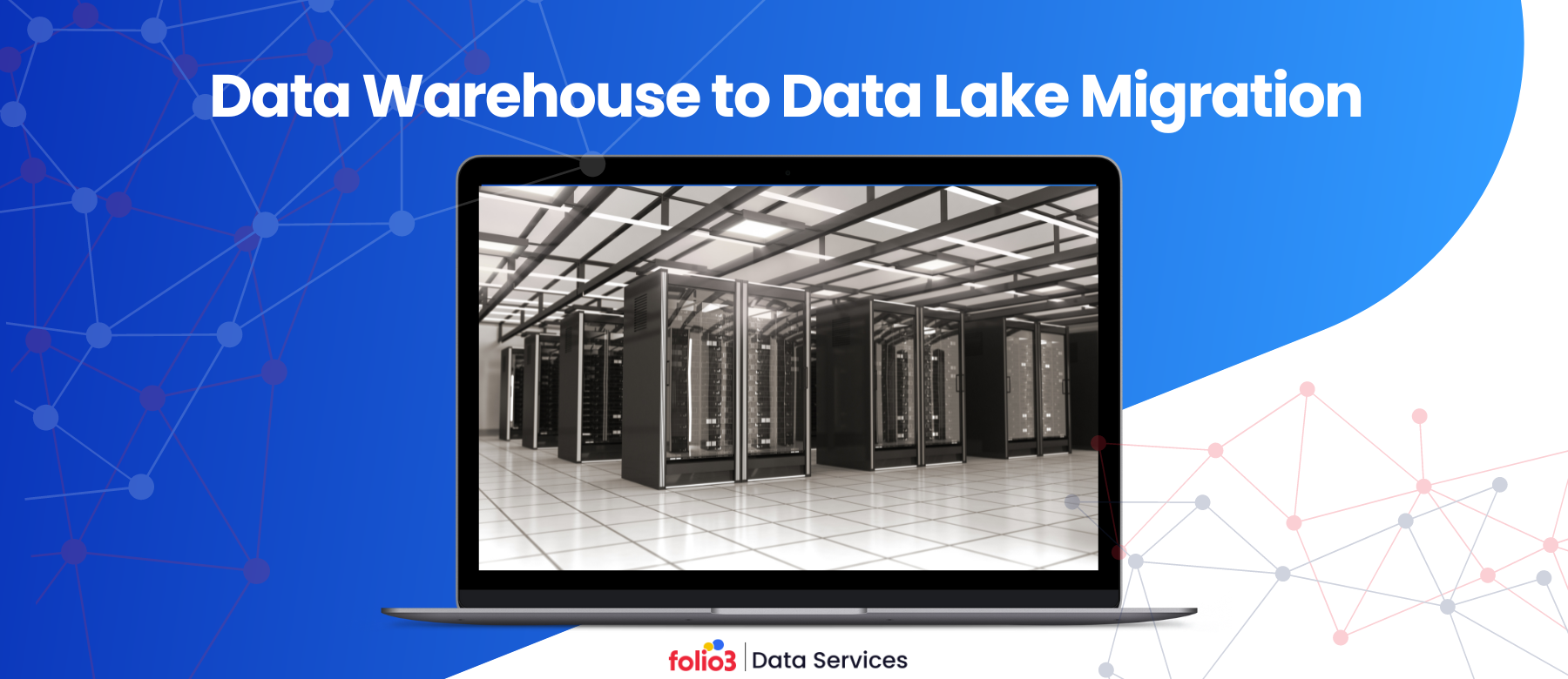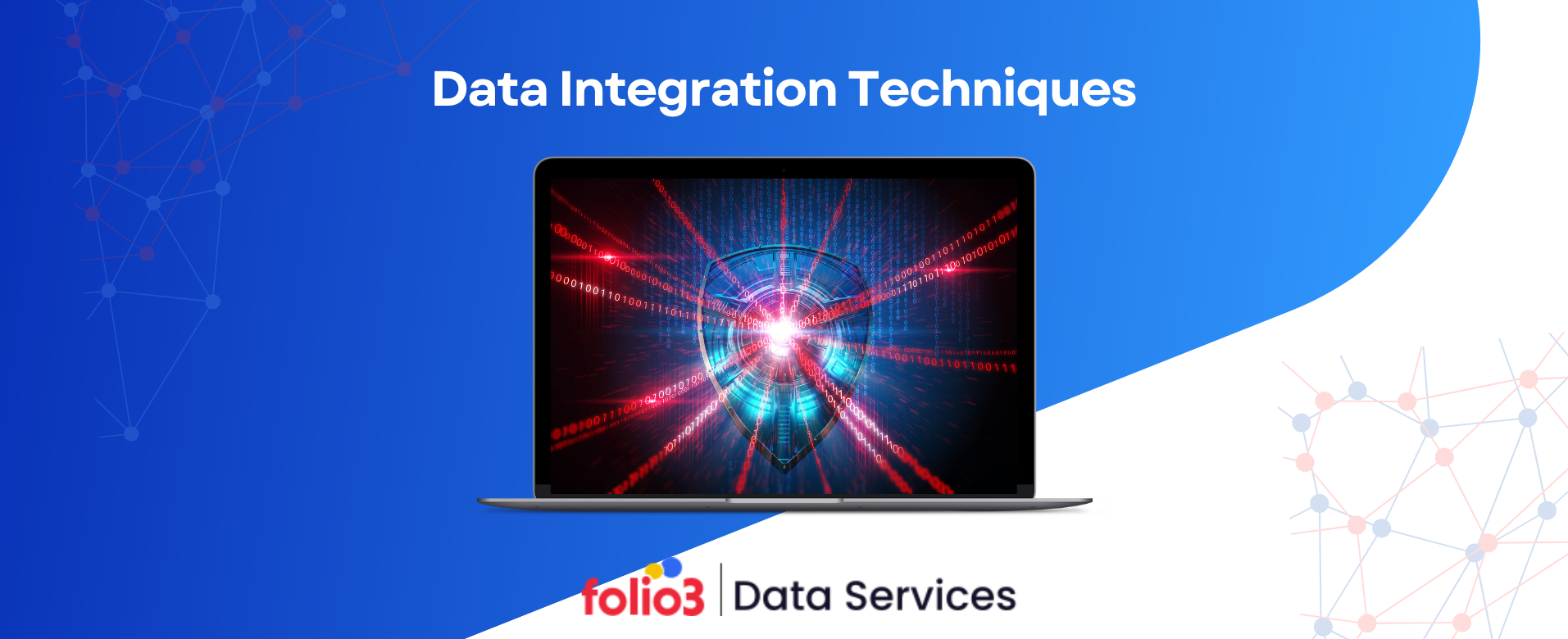We live in a data-driven economy, and organizations are inundated with vast information from diverse sources. Traditional data warehousing approaches often need to catch up in handling this data’s sheer scale, variety, and velocity.
A data lake, with its ability to store raw data in its native format, emerges as a promising solution. However, building a successful data lake requires a well-defined strategy, meticulous execution, and a clear understanding of the potential benefits and challenges.
This blog will discuss creating a solid data lake strategy, outlining essential implementation steps, quantifying the potential benefits, and addressing the hurdles that may arise.
So, keep reading this blog to understand how organizations can unlock the hidden value within their data and gain a competitive edge.
What is Data Lakes?
A data lake is a vast repository that stores raw data in its native format. Unlike traditional data warehouses that structure data for specific queries, data lakes embrace a schema-on-read approach, meaning data is organized and defined when accessed rather than upfront.
Imagine a data lake as a digital reservoir, collecting data from various sources like rivers and streams. This data can be structured, semi-structured, or unstructured, encompassing everything from sales transactions and sensor readings to social media posts and video files.
The key is to preserve data in its original form, allowing for flexibility and adaptability in future analysis. Organizations can create a single source of truth by centralizing data from disparate systems, facilitating data discovery, exploration, and innovation.
However, managing and extracting value from a data lake requires careful planning and robust governance.
In this blog, we discuss the following topics:
- How Do You Deploy Data Lakes in the Cloud?
- Advantages of Deploying Data Lakes in the Cloud
- Disadvantages of Data Lake Implementation
- Challenges of a Data Lake Implementation
- Comparing Data Warehouses and Data Lakes
- The Role of Technology in a Data Lake Strategy
- Data Lake Checklist to Follow
How Do You Deploy Data Lakes in the Cloud?
The cloud provides an ideal environment for deploying a data lake strategy due to its scalability, elasticity, and cost-efficiency. Here’s a breakdown of the key steps involved:

1. Choose a Cloud Platform:
Select a cloud provider that aligns with your needs (AWS, Azure, GCP). Evaluate their data lake services, storage options, and pricing.
2. Select Storage:
To store raw data, opt for a cloud-based object storage service (S3, Blob Storage, Cloud Storage. Consider data tiering and lifecycle management for cost optimization.
3. Data Ingestion:
Determine how to bring data into the lake (APIs, FTP, JDBC) and automate this process for efficiency.
Leveraging specialized data lake engineering services can ensure that data ingestion processes are optimized for efficiency and reliability, laying a strong foundation for a successful data lake.
4. Data Processing:
Based on the workload, choose a processing engine (Spark, Hadoop, Flinkd. Transform and enrich data as needed.
5. Data Governance:
Define data ownership, access controls, and retention policies. Implement metadata management and security measures.
6. Analytics and Visualization:
Integrate tools for data exploration, analysis, and visualization (Tableau, Power BI, Looker).
Advantages of Deploying Data Lakes in the Cloud
1. Unmatched Performance and Scalability
Cloud-based enterprise data lake strategies excel at handling massive datasets and integrating with various big data platforms. Their ability to dynamically adjust resources ensures optimal performance, preventing bottlenecks and delays in data processing.
This scalability is crucial for organizations with rapidly growing data volumes and complex analytics workloads.
2. Enhanced Reliability and Availability
Cloud platforms are engineered for high availability and fault tolerance, providing continuous access to data lake resources. Redundant infrastructure and automatic failover mechanisms safeguard against system failures, minimizing downtime and ensuring business continuity.
3. Diverse Analytic Capabilities
Cloud providers offer a rich ecosystem of analytic tools and services, empowering organizations to extract maximum value from their data. From SQL-based querying to advanced machine learning and artificial intelligence, the flexibility to choose the right tools for the job is a crucial advantage.
4. Significant Cost Savings
Organizations can avoid substantial upfront investments in hardware and software by leveraging cloud infrastructure. The pay-as-you-go pricing model also aligns costs with actual usage, preventing overspending on idle resources.
5. Robust Security and Governance
Cloud platforms prioritize data security with advanced encryption, access controls, and threat detection mechanisms. Regular security updates and compliance certifications provide an added layer of protection for sensitive data.
6. Accelerated Time-to-Market
Cloud-based data lakes can be deployed and operationalized faster than traditional on-premises solutions. This agility enables organizations to derive insights from data quickly and gain a competitive edge.
7. Elasticity and Flexibility
Cloud resources can be scaled up or down effortlessly to accommodate varying workloads. This elasticity ensures optimal resource utilization and cost efficiency while maintaining performance.
8. Global Accessibility
Cloud-based data lakes can be accessed from anywhere worldwide, facilitating collaboration among distributed teams and enabling global data analysis.
9. Optimized Cost Management
The pay-as-you-go pricing model of the cloud allows organizations to align IT spending with actual usage, avoiding unnecessary expenses and maximizing return on investment.
Disadvantages of Data Lake Implementation
While data lakes offer numerous benefits, organizations must consider significant disadvantages before implementation. These disadvantages can impact the overall effectiveness and efficiency of the data lake design strategy.
Here are the key disadvantages of data lake implementation:
1. Data Swamps
Without proper governance and management, data lakes can quickly become data swamps. A data swamp is a lake cluttered with unorganized, irrelevant, and low-quality data. This makes finding and using valuable data difficult, negating the benefits of having a centralized repository.
2. Complexity in Data Management
Managing a data lake involves dealing with many diverse data types and formats. This complexity can be overwhelming and requires sophisticated tools and processes to effectively handle data ingestion, storage, processing, and retrieval. The lack of standardized processes can lead to inconsistencies and errors.
3. High Initial Setup Costs
Setting up a data lake requires significant upfront investment in infrastructure, software, and skilled personnel. This can be a barrier for smaller organizations or those with limited budgets. Additionally, ongoing maintenance and optimization costs can add to the overall expense.
4. Data Governance Challenges
Ensuring data quality, consistency, and compliance with regulations in a data lake can be challenging. Implementing robust data governance policies is essential but can take time to achieve. With proper governance, data lakes can avoid data duplication, consistency, and non-compliance with legal requirements.
5. Security and Privacy Risks
Data lakes often contain sensitive and proprietary information, making them attractive cyberattack targets. Ensuring robust security measures to protect data at rest and in transit is crucial. Maintaining privacy and complying with data protection regulations (e.g., GDPR, HIPAA) can be challenging.
6. Performance Issues
As data volumes grow, performance issues can arise. Querying and processing large datasets can become slow and resource-intensive. Organizations must invest in scalable infrastructure and optimization techniques to maintain acceptable performance levels.
7. Lack of Data Integration
Integrating data from various sources into a data lake can be complex and time-consuming. Inconsistent data formats, schemas, and protocols can create integration challenges, leading to data silos and making it difficult to achieve a unified view of the data.
8. Skills and Expertise Requirements
Building and managing a data lake requires specialized skills and expertise in big data technologies, integration, and governance. Finding and retaining skilled personnel can be challenging and expensive, particularly in a competitive job market.
9. Potential for Data Overload
With the ability to store vast amounts of data, there is a risk of data overload. Organizations may collect more data than they can effectively analyze and use, leading to wasted resources and potential insights being overlooked.
Challenges of a Data Lake Implementation
Implementing a data lake can offer significant advantages, but it also presents several challenges that organizations must navigate to realize its full potential.
Effective data strategy consulting services can help mitigate these challenges by providing tailored strategies that address an organization’s specific needs and data landscape.
While it can transform how organizations handle and utilize their data, it comes with challenges that require careful planning, execution, and ongoing management.
Here are the primary challenges associated with a data lake implementation:

1. Data Volume and Diversity
One of the core strengths of a data lake is its ability to handle vast amounts of diverse data. However, managing such large volumes and varying data types is a challenge.
Organizations must have the infrastructure to store and process this data efficiently. Moreover, the diversity of data—from structured to semi-structured to unstructured—requires robust systems that can handle different formats and ensure seamless integration.
2. Integration and Architecture Complexity
A data lake must integrate data from numerous sources, each with its schema, formats, and protocols. This complexity can be overwhelming, especially when dealing with legacy systems not designed for integration.
Designing an architecture that can accommodate these diverse sources while maintaining performance and reliability requires careful planning and execution.
3. Data Ingestion and Processing
Ingesting data into a data lake involves more than just transferring files. It requires a pipeline to handle real-time data streams, batch processing, and potentially substantial data transfers.
Ensuring data is ingested correctly, without loss or corruption, and processed efficiently for later use is a significant challenge. Organizations must build robust ETL (Extract, Transform, Load) processes to manage this aspect effectively.
4. Data Accessibility and Usability
While a data lake can store a wide variety of data, making this data easily accessible and usable by business users is a different matter. Data scientists and analysts need tools and interfaces to query and retrieve data efficiently.
Ensuring that users can easily find and use the data they need without requiring extensive technical knowledge is a critical challenge that impacts the overall utility of the data lake.
5. Data Quality and Consistency
Maintaining high data quality and consistency is challenging, as data flows from multiple sources. Consistent data can lead to correct analyses and better decision-making.
Organizations must implement stringent data governance policies and employ tools to clean and standardize data to ensure its reliability and usability.
6. Security and Privacy Concerns
A data lake often contains sensitive and proprietary information, making security and privacy paramount. Implementing robust security measures and regular audits is crucial in maintaining data lake security.
To prevent data breaches and ensure compliance, only authorized users must have access to the data, data must be protected at rest and in transit, and regulations such as GDPR or HIPAA must be complied with.
7. Cost Management and Optimization
Storing and processing large volumes of data can be expensive. Organizations must carefully manage and optimize storage, processing power, and data transfer costs.
This involves selecting the right cloud services, managing resource utilization, and continuously monitoring and optimizing the data lake environment to prevent cost overruns.
8. Technical Expertise and Resource Allocation
Building and maintaining a data lake requires specialized technical expertise. Organizations need skilled professionals understanding big data technologies, integration, security, and governance.
Allocating sufficient personnel and budget resources is necessary to ensure the data lake operates effectively and delivers the expected benefits.
9. Continuous Monitoring and Optimization
A data lake is not a set-it-and-forget-it solution. It requires continuous monitoring and optimization to ensure performance, cost-effectiveness, and alignment with business objectives.
It is vital to regularly review data lake usage, performance metrics, and governance policies and make necessary adjustments to maintain a healthy and effective data lake environment.
Comparing Data Warehouses and Data Lakes
When managing and leveraging vast amounts of data, organizations often decide between a data warehouse and a data lake. Additionally, data warehouse to data lake migration is becoming a strategic consideration for businesses looking to expand their data capabilities. Both serve distinct yet complementary roles in data management.
Data Warehouse
- Structure: Optimized for analyzing relational data from transactional systems and business applications with a predefined schema.
- Data Processing: Data is meticulously cleaned, enriched, and transformed before storage, ensuring high accuracy and consistency.
- Usage: Functions as a reliable “single source of truth” for operational reporting and analysis.
- Queries: Facilitates fast and efficient SQL queries due to its structured approach.
- Consistency: Ensures data integrity and consistency, making it ideal for business intelligence and reporting.
Data Lake
- Structure: It accommodates relational and non-relational data stored in raw form without a predefined schema (schema-on-read approach).
- Data Sources: This department handles diverse data from business applications, mobile apps, IoT devices, social media, etc.
- Flexibility: Allows for storing vast amounts of data, providing flexibility for various analytics types.
- Usage: Enables SQL queries, big data analytics, full-text search, real-time analytics, and machine learning.
- Adaptability: Ideal for handling large, diverse datasets and performing advanced analytics to derive insights.
Key Differences
- Schema: Data warehouses use a predefined schema (schema-on-write), whereas data lakes apply a schema-on-read approach.
- Data Processing: Data warehouses involve extensive data cleaning and transformation upfront, while data lakes store raw data.
- Use Cases: Data warehouses are best for structured data and operational reporting, whereas data lakes are suited for diverse data and advanced analytics.
The Role of Technology in a Data Lake Strategy
The rapid growth of data, estimated by Datanami at 28% annually, has made traditional storage solutions impractical and costly.
Data lake testing strategy has emerged as essential, offering a vendor-neutral environment for vast data storage.
Key to their success is the integration with advanced tools like Cribl Search, which enables efficient searches through large data repositories, transferring only relevant data to analysis systems.
This enhances data handling efficiency and significantly reduces storage and analysis costs, making data lakes a scalable, flexible, and cost-effective solution. Additionally, a well-thought-out data migration strategy supports the smooth transition of data to the lake, ensuring minimal disruption and maintaining data integrity.
Technology plays a crucial role in maximizing the benefits of data lakes. Advanced analytics, real-time processing, and machine learning integration allow sophisticated data analysis, while metadata management and cataloging improve data organization and accessibility.
By leveraging these technologies, data lakes help organizations manage their rapidly growing data effectively, ensuring they can extract maximum value from their data assets while optimizing storage and processing costs.
Data Lake Checklist to Follow
Implementing a data lake requires careful planning and consideration to ensure its success. Here is a comprehensive checklist to guide your data lake implementation:
1. Define Objectives and Use Cases
Outline clear goals and specific use cases for the data lake.
2. Involve Stakeholders
Engage key stakeholders from IT, business, and data science teams for alignment.
3. Establish Data Governance
Set up data governance policies and assign data stewardship roles.
4. Design Scalable Architecture
Choose a suitable architecture (cloud, on-premises, or hybrid) and ensure scalability.
5. Plan Data Ingestion
Determine batch, real-time, and streaming data ingestion methods from various sources.
6. Implement Data Security
Apply robust security measures, including encryption and access controls, and ensure regulatory compliance. Establishing a solid data protection strategy will help secure your data lake against potential breaches and unauthorized access.
7. Set Up Storage Solutions
Select appropriate storage solutions and implement tiered storage strategies for cost efficiency.
8. Choose Processing Frameworks
Opt for data processing frameworks like Spark or Hadoop and establish ETL processes.
9. Enable Data Discovery and Quality
Implement metadata management and data cataloging and establish data quality checks.
10. Provide Access and Monitor Performance
Ensure user-friendly access tools for analysis, continuous monitoring, and regular performance optimization.
Frequently Asked Questions
What Makes a Successful Data Lake?
A successful data lake is scalable, maintains high data quality, and ensures secure, easy access. It has strong data governance, integrates well with other systems, and is cost-effective. Proper indexing is crucial for optimizing performance and efficient data retrieval.
What is the data lake testing strategy?
A data lake testing strategy includes verifying accurate data ingestion, ensuring data quality (completeness, accuracy, consistency), assessing performance under load, and confirming security measures.
Conclusion
A data lake can significantly enhance how organizations manage and utilize their vast data assets. Proper planning, execution, and continuous improvement are vital to unlocking the full potential of data lakes, ultimately driving innovation and gaining a competitive edge.
For expert assistance in planning and executing your data lake testing strategy, consider partnering with Folio3 Data Services.
Their comprehensive solutions and industry expertise can help you unlock your data lake’s full potential, drive innovation, and gain a competitive edge.





